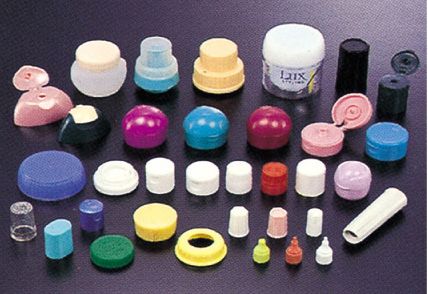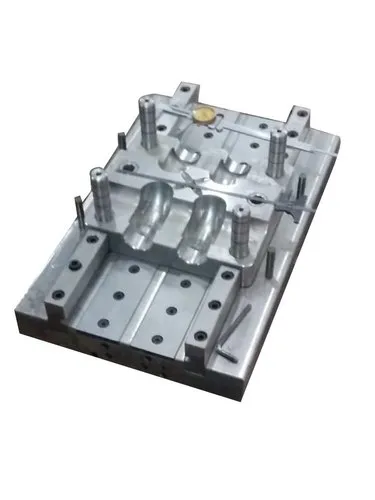In the cosmetics industry, moulds play a crucial role in shaping, packaging, and presenting a wide array of products. These moulds are designed to ensure consistent shape, size, and finish for mass production. The type of mould used often depends on the product’s formulation, desired aesthetics, and production scale. Below are the primary types of cosmetic moulds commonly used in the industry:
1. Lipstick Moulds
Lipstick moulds are used to give lipsticks their iconic cylindrical shape. These moulds are typically made from metal (aluminum or stainless steel) and come in multiple cavities to produce several units simultaneously.
Types:
Manual Moulds: Used in small-scale or artisan manufacturing; involve manual pouring of the lipstick blend.
Automatic Moulds: Used in large-scale production with automated filling and cooling.
2. Soap Moulds
Soap moulds are essential for shaping bars of soap and come in a variety of shapes and materials. Depending on the market—luxury, artisan, or mass production—different moulds are employed.
Types:
Silicone Moulds: Flexible and reusable, ideal for intricate or decorative designs.
Plastic Moulds: Rigid and cost-effective, commonly used in commercial production.
Metal Moulds: Durable and often used for high-volume production.
3. Pressed Powder Moulds
These are used for compact powders, blushes, and bronzers. The mould helps to compress the powdered material into a solid form.
Features:
Made of stainless steel or aluminum.
Designed to apply uniform pressure for consistent texture and density.
Often integrated into automated machinery for mass production.
4. Cream and Balm Moulds
Used for products like lip balm, face balm, and solid perfume. These moulds must be resistant to heat and compatible with oily or waxy formulations.
Common Materials:
Silicone (for small-batch production).
Injection moulded plastic (for commercial-scale manufacturing).
5. Mascara and Eyeliner Moulds
These are used in forming and filling tubes and sticks. Precision is key here due to the small size and nature of the applicators.
Techniques:
Injection moulding for tube components.
Precision nozzles for filling mechanisms.
6. Bath Bomb Moulds
These moulds are specifically designed to shape bath bombs, typically into spheres or novelty shapes.
Materials Used:
Metal (for clean, sharp shapes).
Plastic or silicone (for ease of use and unique shapes).
7. Lip Gloss and Lip Balm Tube Moulds
These moulds are used to shape and form lip gloss containers or tubes. They’re typically part of an injection moulding process.
Features:
Multi-cavity to increase efficiency.
Can include embossing or branding features.
8. Packaging Component Moulds
These are used to create containers such as jars, compacts, and tubes.
Types:
Blow Moulding: Used for bottles and tubes.
Injection Moulding: Used for caps, compacts, and lids.
Conclusion
The type of cosmetic mould used in the industry is largely dictated by the product type, production scale, and design requirements. With the ever-growing demand for customization and sustainability, manufacturers continue to innovate in mould materials and technologies. Choosing the right mould is essential not just for functionality but also for aligning with brand aesthetics and user experience.


